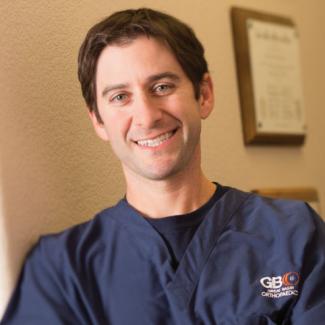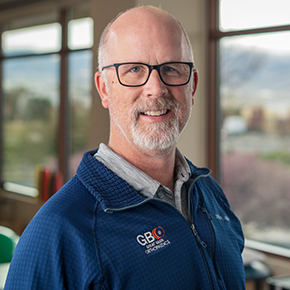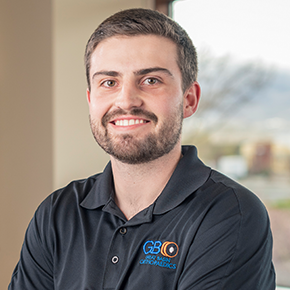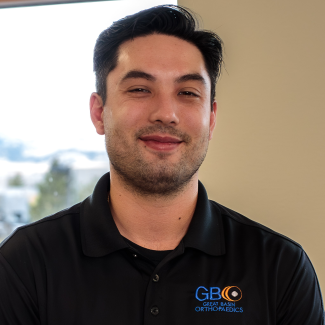Imaging services
Imaging is often required at the start of your orthopaedic diagnostic process. Great Basin Orthopaedics offers on-site x-ray and MRI for your convenience and continuity of care.
X-ray
What is it?
X-rays are a type of radiation called electromagnetic waves that create a picture of the inside of your body.
Is it safe?
Generally, the amount of radiation you're exposed to during an X-ray is the equivalent to a few days of exposure to natural radiation from the environment.
When to use it?
X-rays are used to check for bone fractures.
What to expect?
When you have an X-ray, you may wear a lead apron to protect certain parts of your body. The technician will stand in another room or behind a shield. Depending on the body part being X-rayed, you may lie down during the procedure, sit or stand. While the doctor may require multiple X-rays (views of the injured area), taking the images takes only a few minutes.
MRI
What is it?
MRI – or Magnetic Resonance Imaging – uses a large magnet, radio waves and a computer to create a detailed, cross-sectional image of internal organs and structures. The procedure is non-invasive and painless.
When to use it?
MRI is used to identify things not visible on X-ray, including small fractures. An MRI’s ability to highlight contrasts in soft tissue makes it useful in deciphering problems with joints, cartilage, ligaments, and tendons. MRI can also be used to identify infections and inflammatory conditions or to rule out problems such as tumors.
What to expect?
MRI uses a magnet to collect images, so items made of metal are not allowed near it (remove all jewelry and alert technician of any metal in your body like pacemakers or surgical hardware). During the MRI scan, you lie on a table that slides inside a tunnel-shaped machine. Scans typically take between 20 and 60 minutes, during which time you will need to remain still. While MRI machines make a lot of noise (you’ll be given ear protection), the scan is painless. Some scans require only part of the body to be inserted into the machine, and others require the entire body which may be uncomfortable for those who are prone to claustrophobia.
